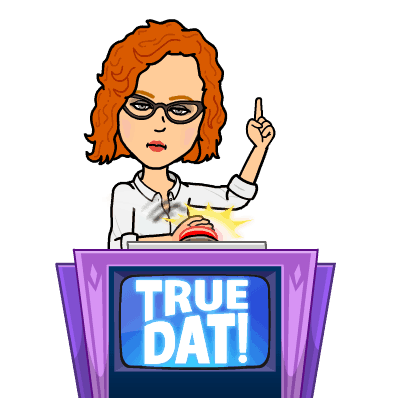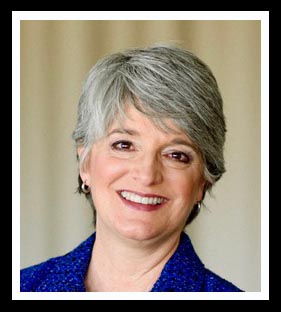 I taught the AM ADHD Success Club my desk organization system in Module 18. Maya, our guest blogger, did a great write up explaining the various pieces. Here’s to an productive work area! – dr
I taught the AM ADHD Success Club my desk organization system in Module 18. Maya, our guest blogger, did a great write up explaining the various pieces. Here’s to an productive work area! – dr
Desk organization is a source of anxiety for me to the extent that I ditched my classroom desk with the reasoning that this would create a student-friendly learning environment. Meanwhile, I lacked a workspace in the classroom to grade and plan. This past year my assistant principal told me I needed to keep my desk because each classroom needed a teacher desk. Grumbling I tried to convince him I didn’t need a desk, but he wouldn’t budge. While my desk has been a clutter dumping ground this year, I now recognized the necessity of having a designated workspace. In fact, a few times since beginning the ADHD Success Club, I have even experienced what it means to have a workspace clear of clutter. Still, though, my desk wasn’t arranged in a way to encourage productivity. This week’s module has opened my eyes to how a desk can be a space that promotes paper flow and productivity.
As I reflected in an earlier module, I have never had success with to do lists. In this week’s module, Dana explains how a desk works in tandem with your task list. That gave me a sort of a-ha moment; perhaps consistent actions are directly connected to an organized workspace. With that in mind, my goal is to create the type of environment where I will be productive, organized, and consistent.
Dana’s desk organizing metaphor from this week’s ADHD Success Club module helped me powerfully connect to the environment I need to create at my desk. At my desk, I am the pilot in the cockpit, and as I sit in my seat, I should feel like I’m at the command center with everything I need at my fingertips while decisions and distractions are reduced. Since the school year is over, “visualizing neat” was easy because my desk was cleared off, and with that blank desk I decided to work from a blank sheet of paper sketching out my desk while thinking of both the mobile type of desk I use at home (aka the kitchen table) as well as the permanent desk I use in the classroom.
My Desk Organization System
Left Side: Because I’m left-handed, writing utensils, frequent supplies, and my Everything Book should all go on the left side. At the left side closest to me is where I’m supposed to keep my Everything Book–this is a notebook to avoid notes on scraps of paper. I may need to put some neon tape to frame this place because 1) the book needs to be there, 2) the book needs to be opened, 3) the book needs to remain clear with no clutter piled on it, and 4) the book needs to be used when a paper moves from new to old.
Top of Desk Towards Right: this is the place for two stackable trays for the New Tray / Old Tray system. Reminder to self: Remember to write on list what you put in the “old” bin because “remember you’ll forget” is a catchy phrase that rings true.
Top of Desk Next to New/Old Trays: Holding files go here. These are papers that need to be easy to reach. At home, these papers are papers like bills and such. At school, I think these papers would be seating charts, rosters, hall/clinic passes, and other quick checks.
After mapping out my own desk plan, the importance of an organized desk makes more sense to me. I’ve never thought about putting my writing utensils and current planning/everything book on the side of my dominant hand. Once again, simplicity has eluded me. Dana discussed how to make an ADHD friendly desk in a simplistic and purposeful way. She asserted, “Done is better than perfect.” She also explained how an organized desk will support thoughts, creativity, and productivity. As I think this through, I am overwhelmed by the thought of maintaining this desk organization system and building on it to continue to grow. At the same time, I know that as long as I continue to work the program and build on growth and insight that I am continuing my journey to ADHD success.

 Tired of struggling with ADHD? You’re in the right place. ADHD Success is loaded with free, practical tips to help you get organized, manage your time, and live more easily with Adult ADHD. Like what you read? Sign up for the newsletter now! No Spam. I promise!
Tired of struggling with ADHD? You’re in the right place. ADHD Success is loaded with free, practical tips to help you get organized, manage your time, and live more easily with Adult ADHD. Like what you read? Sign up for the newsletter now! No Spam. I promise!
0 Comments